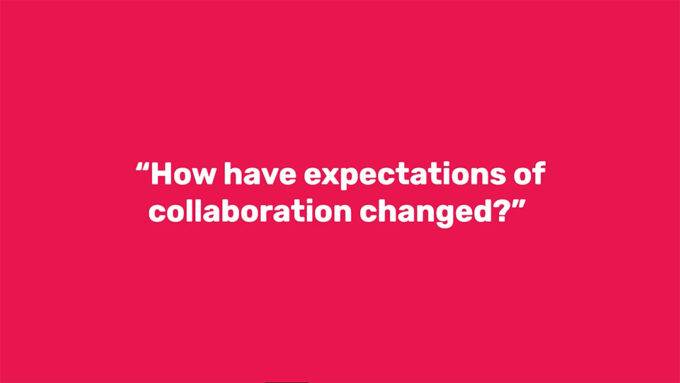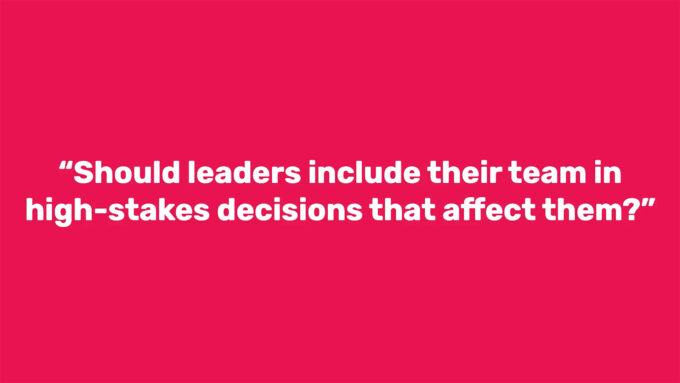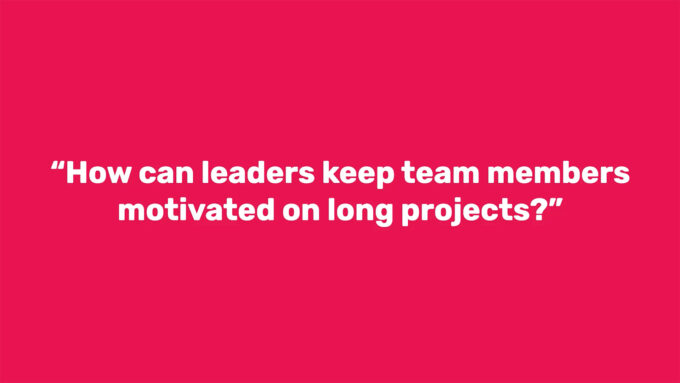The purpose of this study was to gain a better understanding of what inclusion at work looks like remotely and the impact this has had on employees. Both Jostle and Dialectic teamed up to conduct a survey to research the impact of remote work on inclusion. Over 400 employees participated in the research survey; all of them had transitioned to remote work in the past year without changing employers.
Listed are the key findings from the survey results and advice for employers on creating a more human-centric organization:
Key results
1. Remote work has created new barriers to workplace inclusion, muting the norms and practices of workplace culture that build belonging.

82% of participants say they faced communication issues and unsurprisingly 83% claim they felt disconnected with their organization’s culture. Beyond this there are other impacts to their work life which include social isolation, work/life integration challenges and technological/information imbalances.
2. Performance has increased while feelings of belonging have decreased.
The study shows 70% of participants feel working from home is just as effective “now as it was before” during the pandemic. 61% say remote work reduces their connection to coworkers. In other words, during the pandemic, employees’ perceptions of their performance and their teams’ have increased while their feeling of belonging has decreased.
3. Managers’ relationships with their team members have become more transactional and less supportive.

35% of people who participated feel they’re given more responsibilities by their managers, 54% of participants feel that their supervisor hasn’t equipped them with the support they need to cope with issues coming up from working from home. Costly burnout and turnover may be a result of requiring more work from employees without ample support.
4. Process and function-driven remote workplace cultures are alienating employees.
More than 66% of people feel they have access to the tools and resources they need to work remotely. However only 30% feel more fulfilled by their jobs. During this time it’s imperative companies pivot from crisis management, to a more human-centric approach.
5. Sick time is being underutilized and will threaten employee well-being and productivity.

Over 50% of those who participated experienced stress at work as a result of work overload. 70% report taking fewer sick days compared to last year which may be compounding the situation. 59% report using few to no sick days for mental health reasons. Continuing to operate in “crisis mode” is clearly a major risk to employee well-being, productivity and performance.
6. While there are downsides to remote work, it’s still here to stay.
75% of those who participated say they would choose to continue working remotely, while only 3% say there’s nothing good about remote work. It’s clear that remote work will be part of the “new normal” from here on out.
What does this mean for leaders?
It’s clear the new normal will continue to involve “work from home” in some capacity. However now we need to ask ourselves, “How do we use the findings of our survey to prepare leaders and management to make the critical decisions in their organizations, and for their people?
“Employee well-being, productivity, performance and ultimately retention are at risk so long as organizations do not shift their approach to prioritize workplace culture and start adding the human element back into their workplaces,” says Dr. Aaron Barth, lead researcher and Founder and president of Dialectic.
Crisis mode, which was clearly necessary to facilitate mass remote work, has passed its time. The resulting environment leaves many workers with feelings of diminished human connection, eroded relationships and a workplace culture that harbours intensifying feelings of exclusion.
Though organizations are doing what they can during these difficult times, it’s the human aspects of working together that are missing. It’s crucial that management and leaders focus on ways to increase a more human connection and be quick to support each of their employees’ individual needs.
Find out more about these survey results and what their impact might be for your organization by accessing the full report below. No email required; just good information coming your way to help!
Access the full survey findings here.








